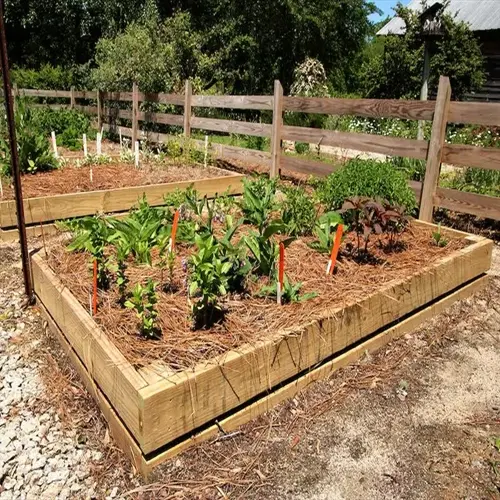What are the hardest seeds to start indoors?

Written by
Olivia Mitchell
Reviewed by
Prof. Charles Hartman, Ph.D.Beginning seeds indoors can be a challenging problem that requires specialized techniques. These challenging varieties can frustrate a gardener's patience due to their specific germination requirements and fragility issues. Knowing what they need will save you from wasted effort and enable you to succeed in indoor propagation, despite its challenging nature.
Slow Germinators
- Parsley: Requires 14-21 days consistent moisture
- Celery: Needs constant 70°F (21°C) temperatures
- Sweet peas: Benefit from overnight soaking
- Delphinium: Demands dark conditions for germination
Transplant-Sensitive Types
- Carrots: Develop forked roots if disturbed
- Dill: Fragile taproots break easily
- Poppies: Resent root disturbance
- Cilantro: Best direct-sown due to sensitivity
Special Requirements
- Begonias: Need light exposure to germinate
- Lavender: Require cold stratification period
- Rosemary: Prone to damping-off disease
- Snapdragons: Sensitive to temperature fluctuations
Slow germinators such as parsley require quite a bit of patience. Keep soils moist, but not saturated. Cover trays with plastic domes. Moisture levels should be monitored daily to determine if the surface is drying. Use bottom heat mats set to 70°F (21°C), which significantly increase success rates. It is crucial never to let the soil dry out during the first critical weeks of germination.
Each variety of seeds that are sensitive to transplanting has its own approach. For example, sow carrot seeds in soil blocks or biodegradable starter pots that break down. Make sure roots are not fully disturbed from their soil. For poppies and dill, grow them in deep containers to reduce the need for repotting. However, you can often get away with direct seeding, as those slow-to-germinate plants can be best suited to the soil.
Seeds requiring light exposure should be left above the medium. Sprinkle some begonia or petunia seeds on the compost surface. Gently press down without covering them. Cover trays with clear plastic to maintain humidity. Provide bright indirect light right away. Remove the covers at the first hint of green.
Avoid damping-off disease in tender herbs. Disinfect containers with bleach solution. Use weed-free commercial seed-starting mix, not soil from the garden. Provide air circulation with fans. Only water plants from below. Space seedlings to prevent overcrowding, which creates a breeding ground for fungal growth.
Properly manage the stratification requirements. Refrigerate the lavender seeds for four weeks in damp sand to imitate winter conditions and break dormancy. Plant the seeds immediately after the cold treatment has been applied. Aim for consistent temperatures of 65°F (18°C) or so for good germination.
Read the full article: When to Start Seeds Indoors: Ultimate Guide

